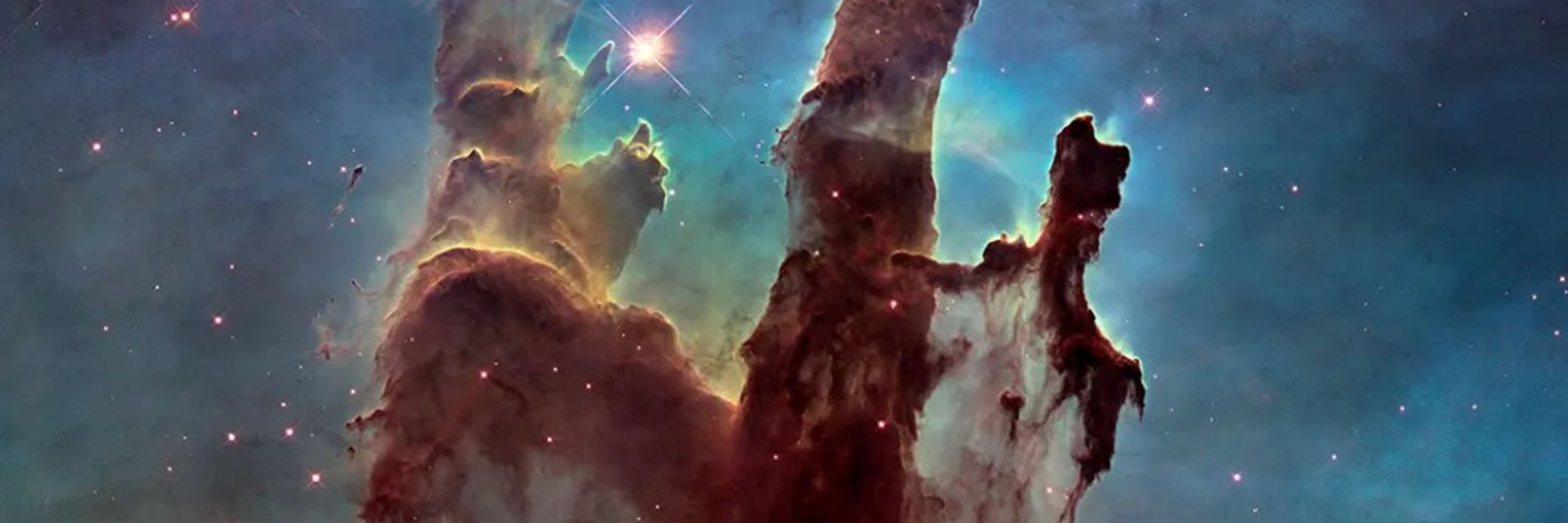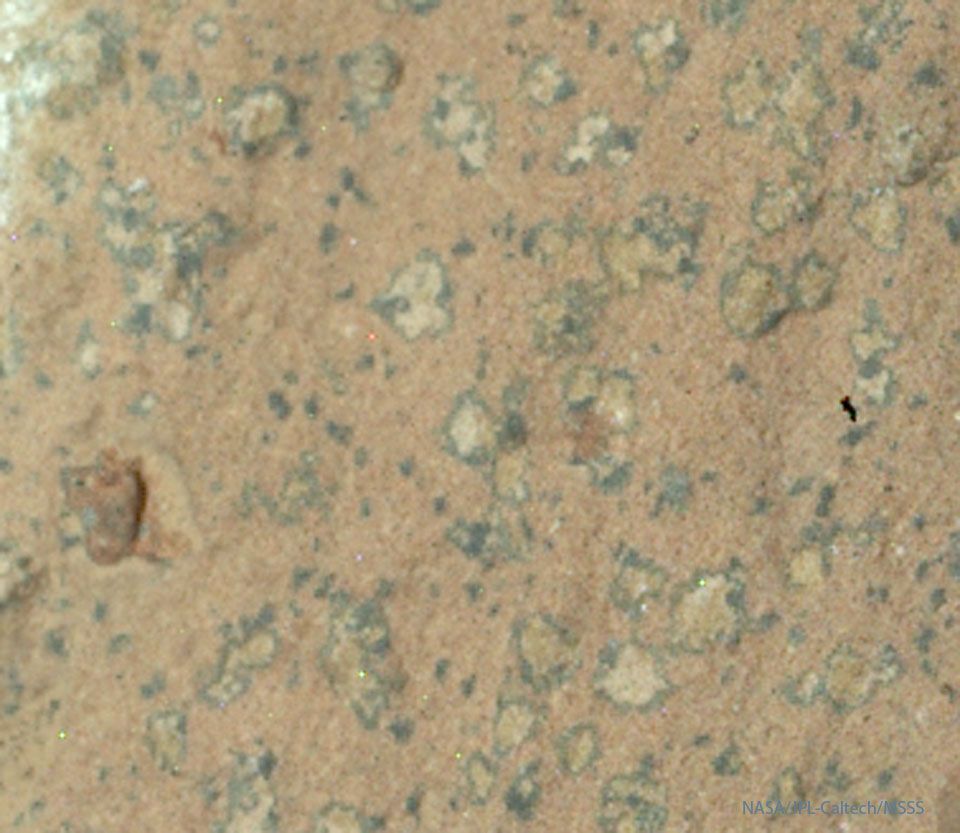Astronomy Picture of the Day 🪐
@apod.shinyakato.dev
21K followers
1 following
3.9K posts
Official Mirroring APOD BOT for Bluesky.
https://apod.nasa.gov/apod/astropix.html
https://apod.nasa.gov/apod/lib/about_apod.html
Maintained by @shinyakato.dev
Posts
Media
Videos
Starter Packs
Reposted by Astronomy Picture of the Day 🪐
Reposted by Astronomy Picture of the Day 🪐
Reposted by Astronomy Picture of the Day 🪐
Reposted by Astronomy Picture of the Day 🪐
Reposted by Astronomy Picture of the Day 🪐
Reposted by Astronomy Picture of the Day 🪐
Reposted by Astronomy Picture of the Day 🪐
Reposted by Astronomy Picture of the Day 🪐








